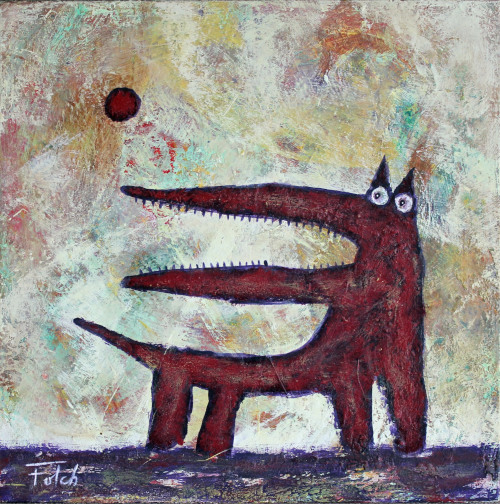Leyendas: Tesoros del mundo hispano
Susan Bacon, Emerita, University of Cincinnati
Aitor Bikandi-Mejías, Saint Louis University, Madrid Campus
Gregg Courtad, University of Mount Union
Leyendas: Tesoros del mundo hispano is a completely digital reading experience intended for intermediate and advanced students of Spanish.
Supports the following courses:
- Introductory
- Intermediate
- Post Intermediate
- Culture
The Details

Leyendas offers 12 Hispanic legends from Mexico, Colombia, El Salvador, Spain, Puerto Rico, Argentina, Paraguay, and the United States. The stories illustrate the blending of cultures (Spanish, Indigenous, Mestizo), and the creation of new legends—as well as the evolution of legends.
Popular in a variety of college courses, Leyendas has been combined with a grammar text or as a stand-alone resource in intermediate or advanced conversation and composition classes. Although there is no explicit presentation of grammar, the authors reinforce both grammar and vocabulary through the telling of the legends and the variety of activities. Leyendas can also be used to provide a richer context for Hispanic civilization courses, and Spanish Phonetics, through the use of the audio program.

Additional Information
- Delivered through LingroHub
- Contexto cultural openers provide information to help students situate each legend within its historical and cultural context
- Preparación activities refer to information in the Contexto cultural, introduce new vocabulary and concepts, and supply advance organizers and global questions for each reading
- Low-frequency vocabulary is glossed when it is not transparent from the context of the legend and not included in the pre-reading activities

